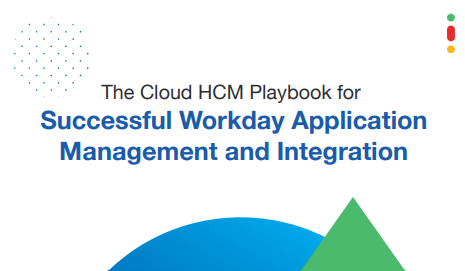
Are the financial statements being audited? Why is the owner selling? Are there any outstanding debts? As these questions imply, key considerations around mergers and acquisitions (M&As) have traditionally been seen as fundamentally financial affairs.

But modern M&As encompass far more than blunt, bottom-line facts and figures. Quite the opposite: fusing two modern organisations also involves combining two disparate workforces, each with their own cultures, policies and digital platforms.
From identifying key stakeholders to balancing different corporate interests, overseeing and integrating HR in M&As can be deeply challenging, hinted to by the fact that studies consistently put acquisition failure rate at between 70% and 90%, with many experts emphasising problems around the integration of people, rather than processes.
Competing interests in mergers and aquisitions
Few people are better placed to explore the risks and opportunities of modern M&As than Madhavi Mallineni, VP of SAP services at Hexaware.
And as Mallineni explains, many business leaders continue to ignore the deep human capital difficulties posed by M&As – perhaps because there are so many elements to consider, whether in terms of corporate structure or HR policies. Frustrating timescales are arguably another factor. “The culture takes time to evolve,” says Mallineni. “You can’t change it overnight.”
More broadly, Mallineni continues, many M&As run into trouble when attempting to combine different departments with similar functions. From legal to marketing to finance, she says many mergers often end up with “two people in a box” – bad enough from an efficiency perspective and even worse for staff worried for their futures. That’s especially true, Mallineni adds, of senior managers, who may have become accustomed to certain ways of working and suddenly find their authority threatened.
It should come as no surprise, meanwhile, that these competing interests can only truly be parsed once you genuinely understand all the factors at play.
Yet if there are a number of tools, and armies of consultants, happy to reform organisational structures or craft HR strategies, Mallineni argues that M&As can’t truly succeed until HCM processes, systems and operations are re-engineered too – while defunct platforms are migrated over to a buyer’s specifications.
Complete merger frameworks
Over years of experience, Hexaware has developed a comprehensive blueprint for M&A migration. That usually begins, Mallineni says, by moving an acquired company’s HR system across to that of their new owner’s, especially if it’s larger.
More to the point, and especially for long-standing clients, Hexaware has got the process down to a science, shaping what Mallineni calls a “complete template” that can easily be configured and adapted on the fly.
To explain what she means, Mallineni uses the example of one of their clients, a health information and technology giant. Because the business in question acquires several new companies every year, Hexaware has developed different models depending on whether it’s buying a small or larger firm. In the former cases, Hexaware focuses only on HR policies and employee data management. In the latter, Mallineni and her team support an “end-to-end” migration, including compensation, payroll, benefits, talent management and more.
Whatever the acquisition, in any case, it’s clear that Mallineni puts a premium on coherence and simplicity: “How will the process be done? What kind of data will we need? Everything is very well-defined.” Equally important is the robustness of Hexaware’s strategy: where once it took six months to merge two systems, it now takes less than four, a fact that naturally comes with a range of financial and personnel benefits.
Not that Hexaware can offer these advantages through hard work alone. On the contrary, Mallineni is eager to stress the role of cloud-based HCM platforms in accelerating alignment, characterising their overarching benefits in a single word: agility.
This can be understood in a number of ways. Whereas acquiring the additional server space for an acquisition may have taken months, adding space to the cloud takes mere days. At the same time, most cloud HCM systems are run through SaaS – a sure-fire way of promoting best practices, whatever an enterprise’s IT team might claim.
Stakeholder buy-in
That last point is worth reflecting on. As Mallineni says, all businesses are unique, and may be reluctant to tweak long-established processes. In certain cases – for instance, if a sales team is incentivised in an unusual way – that might make sense. But, in general, Mallineni argues that pushing clients towards “best practice” processes normally works better – calls that impartial third-party partners like Hexaware are ideally suited to make.
In a similar vein, moreover, Mallineni says that beyond hard-nosed questions around platform integration and technology, simply getting stakeholder “buy-in” is arguably the most vital part of Hexaware’s role. As she reflects of any merger: “There’s already a huge change in terms of the culture of an acquired entity.” That’s particularly obvious, she continues, once Hexaware begins reforming systems and processes.
For that reason, Mallineni suggests that Hexaware’s technical work only really begins once the “dust has settled” on the more fraught issues of pay parity and corporate leadership.
The point, at any rate, is to take each company at its own pace. Though Mallineni concedes that some organisations are “very aggressive and want to do all as a big bang”, the majority are happy to adopt a more staggered approach. Given all the difficulties contemporary M&As face, that’s surely just as well.
Download The Cloud HCM Playbook for Successful Workday Application Management and Integration.








